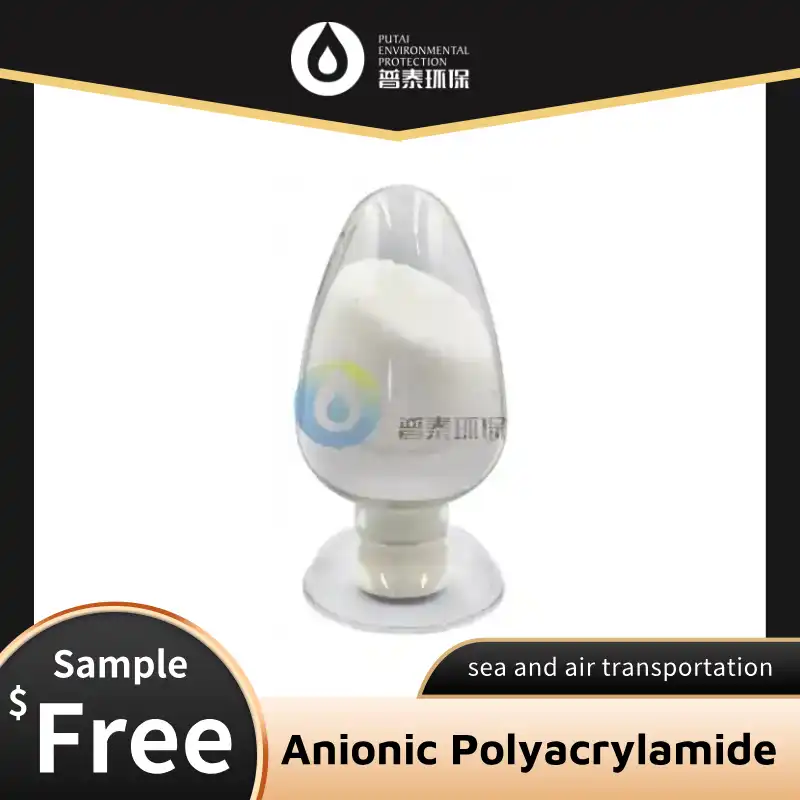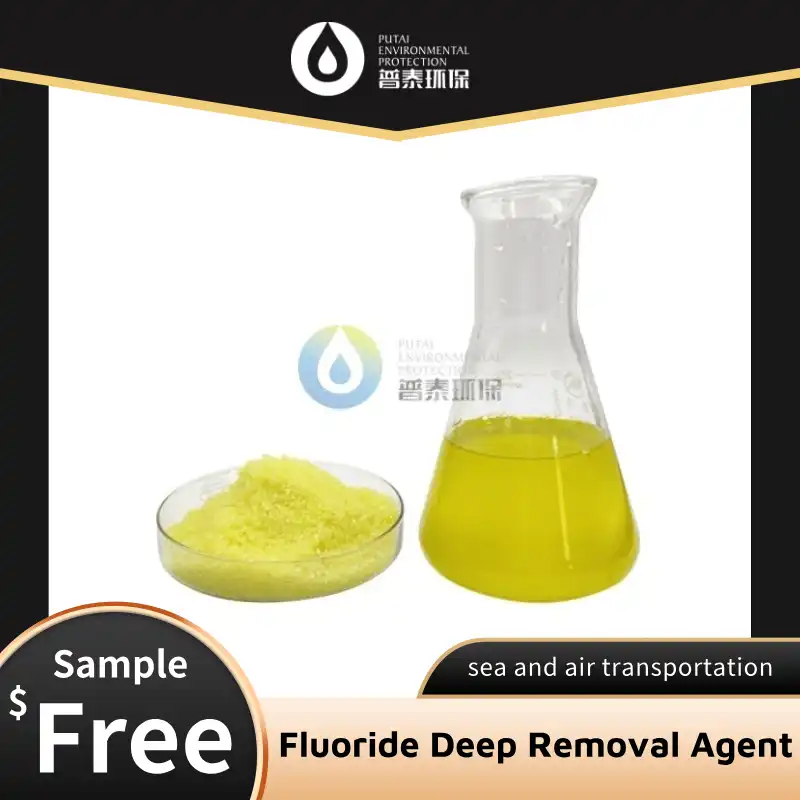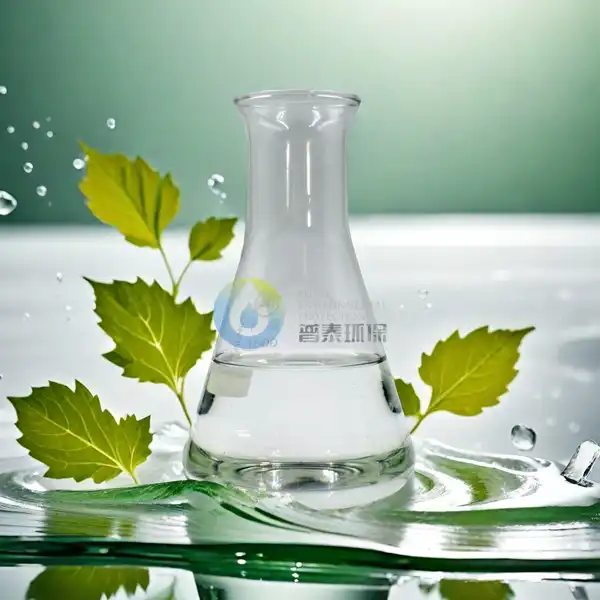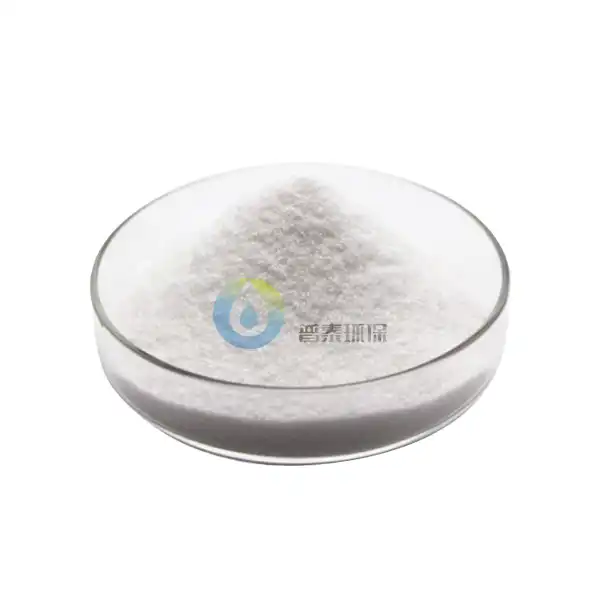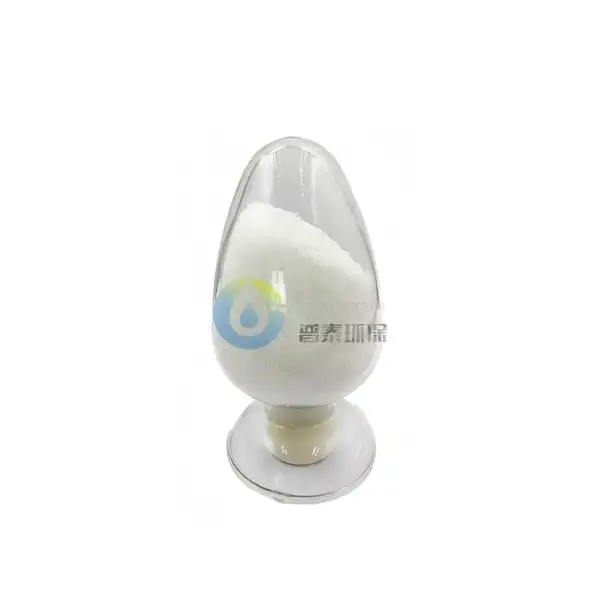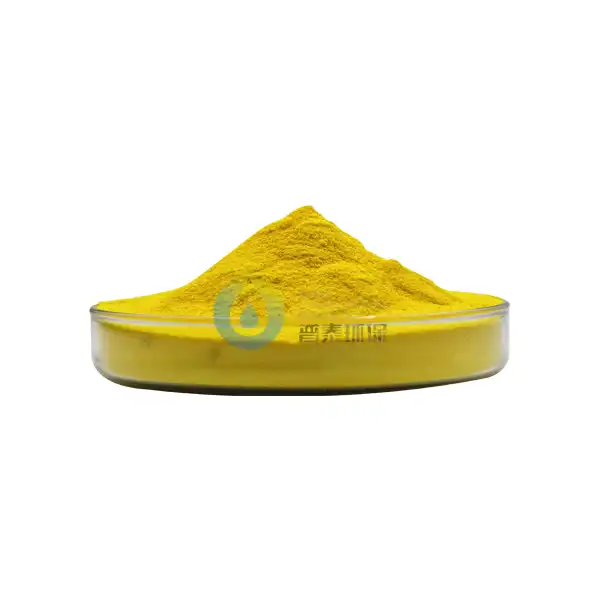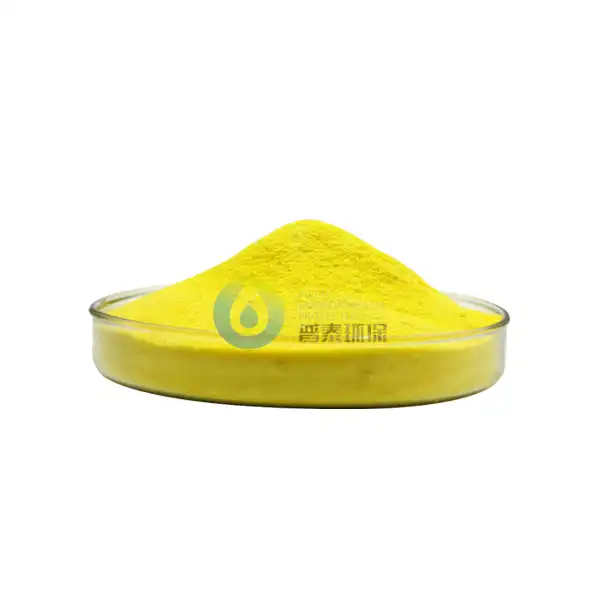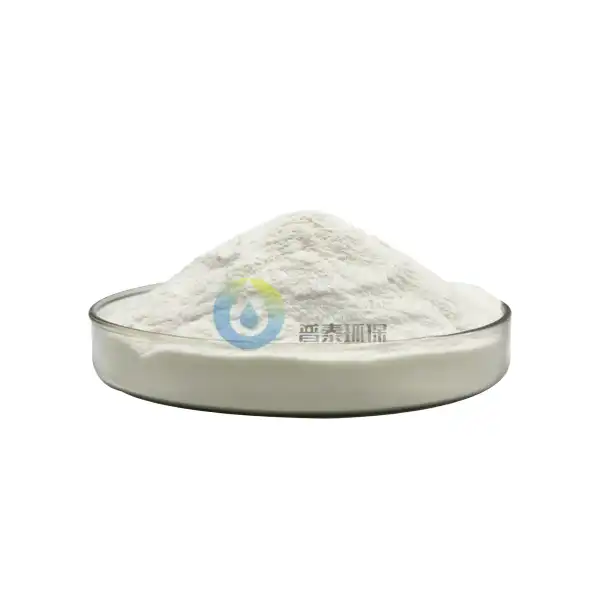What is the Difference Between Low Polyaluminum Chloride and Regular Polyaluminum Chloride?
Polyaluminum chloride (PAC) has become a staple in water treatment processes worldwide, but not all PAC products are created equal. The distinction between Low Polyaluminum Chloride and regular polyaluminum chloride represents a significant advancement in water treatment technology. These two variants differ in their chemical composition, application efficiency, and environmental impact. Understanding these differences is crucial for water treatment professionals seeking optimal solutions for their specific needs. This article explores the key distinctions between Low Polyaluminum Chloride and regular polyaluminum chloride, focusing on their applications in water treatment.
How does Low Polyaluminum Chloride differ from regular PAC in water treatment applications?
Chemical Composition and Structure
Low Polyaluminum Chloride differs from regular PAC primarily in its basicity and aluminum content. Low Polyaluminum Chloride In Water systems typically has a basicity of 40-60%, while regular PAC often exceeds 70%. The molecular structure is also different - Low PAC contains more monomeric and dimeric aluminum species, while regular PAC features more polymeric forms. This structural difference affects performance in water treatment operations. Low PAC has smaller, more reactive molecular units that can quickly interact with colloidal particles. These characteristics create distinct performance profiles in terms of flocculation speed and efficiency across various pH and temperature conditions, which water treatment engineers must consider when selecting the appropriate coagulant for specific water sources.
Performance Efficiency in Various Water Conditions
Low Polyaluminum Chloride In Water demonstrates specific advantages in certain treatment scenarios. It typically excels in treating water with low turbidity and high organic content, where its smaller molecular structures can effectively interact with dissolved organic compounds. Low PAC performs particularly well in cold water conditions, making it preferred for facilities in colder climates or during winter operations. Regular PAC generally shows better performance in high-turbidity waters and can handle a broader pH range. Dosage requirements also differ, with Low PAC frequently requiring lower doses to achieve similar results, potentially leading to cost savings. Treatment facilities should conduct jar tests under their specific water conditions to determine whether Low Polyaluminum Chloride In Water solutions or regular PAC will provide optimal results for their particular situation.
Environmental Impact and Sustainability Considerations
Low Polyaluminum Chloride In Water applications offer several environmental advantages compared to regular PAC. Low PAC typically produces less sludge during the treatment process, reducing waste management challenges and costs. The lower aluminum content means reduced potential for residual aluminum in treated water, addressing concerns about aluminum exposure in drinking water. From a manufacturing perspective, Low PAC production often requires less energy and generates fewer greenhouse gas emissions. Additionally, transportation environmental impact is reduced due to the lower dosage requirements of Low Polyaluminum Chloride In Water treatment systems. These sustainability benefits are increasingly important to water utilities and industrial users, especially in regions with stringent environmental regulations or corporate sustainability goals.
What factors should be considered when choosing between Low Polyaluminum Chloride and regular PAC for water purification?
Cost-Effectiveness and Economic Considerations
When choosing between Low Polyaluminum Chloride and regular PAC, economic assessment goes beyond simple product pricing. Low Polyaluminum Chloride In Water treatment systems often have a higher unit price than regular PAC, but the total treatment cost must account for dosage requirements, which are typically lower for Low PAC. A comprehensive analysis should include operational expenses such as energy consumption for mixing, pH adjustment chemicals, and sludge handling costs—areas where Low PAC may offer advantages. Low PAC generally demonstrates better stability during long-term storage as well. For facilities treating large water volumes, even small improvements in chemical efficiency can translate to substantial annual savings. Decision-makers should conduct thorough cost-benefit analyses based on their operation scale and water characteristics before selecting between Low Polyaluminum Chloride In Water applications and regular PAC alternatives.
Technical Compatibility with Existing Treatment Infrastructure
Facilities considering a switch between regular PAC and Low Polyaluminum Chloride must evaluate compatibility with existing infrastructure. Low Polyaluminum Chloride In Water systems may require different injection points or mixing regimes to maximize effectiveness. The chemical's interaction with other treatment chemicals can differ significantly from regular PAC, necessitating process adjustments. Equipment compatibility is another consideration, as different PAC formulations may affect pumps, valves, and instrumentation differently due to variations in corrosivity and viscosity. Filtration systems may experience changed performance, as the floc formed by Low Polyaluminum Chloride In Water applications often has different properties than those formed by regular PAC. Pilot testing is essential to assess these technical compatibility factors before implementing a full-scale transition, and staff may require training on new operating procedures.
Regulatory Compliance and Water Quality Standards
Regulatory considerations significantly influence the choice between Low Polyaluminum Chloride and regular PAC. Different regions have specific drinking water standards regarding aluminum residuals, disinfection byproduct formation, and other parameters affected by coagulant choice. Low Polyaluminum Chloride In Water treatment typically results in lower aluminum residuals in finished water, potentially offering advantages for compliance with stringent aluminum limits. The coagulants differ in effectiveness at removing organic precursors to disinfection byproducts, affecting a facility's ability to meet regulations for trihalomethanes and haloacetic acids. Some jurisdictions have specific approval requirements for water treatment chemicals, and certification status may differ between Low and regular PAC. Water utilities must stay informed about evolving regulations and select coagulants that meet both current and anticipated future requirements.
How does the application of Low Polyaluminum Chloride in drinking water treatment differ from industrial wastewater treatment?
Dosage Optimization and Treatment Efficiency
Dosage optimization strategies differ significantly between drinking water and industrial applications of Low Polyaluminum Chloride. In drinking water treatment, Low Polyaluminum Chloride In Water systems typically operate at precise, lower dosages (5-25 mg/L), emphasizing minimal residual aluminum while achieving turbidity and pathogen removal targets. Industrial wastewater treatment using Low PAC often involves higher dosages (sometimes exceeding 100 mg/L) to address complex pollutant matrices including oils, heavy metals, and synthetic compounds. The dosage determination process for industrial applications typically involves more extensive jar testing to account for variable wastewater composition. Treatment efficiency metrics also differ—drinking water treatment prioritizes consistent aesthetic quality and microbial safety, while industrial applications focus on meeting discharge permits or enabling water recycling. Drinking water plants often employ advanced monitoring for real-time dosage adjustment, whereas industrial facilities may rely more on routine laboratory testing.
Removal of Specific Contaminants and Impurities
The contaminant removal profile of Low Polyaluminum Chloride differs between drinking water and industrial contexts. In drinking water, Low Polyaluminum Chloride In Water applications excel at removing natural organic matter, colloidal particles, and microorganisms like Cryptosporidium and Giardia, focusing on trace contaminant removal while preserving beneficial minerals. Industrial wastewater treatment presents more challenging scenarios—removing emulsified oils, suspended solids with adsorbed toxic compounds, and dissolved heavy metals at much higher concentrations. The removal mechanisms also vary by application. In drinking water, charge neutralization often dominates, while in industrial wastewater, sweep flocculation and co-precipitation play larger roles due to higher dosages and contaminant concentrations. Industrial applications frequently incorporate specialized polymers or adsorbents with Low PAC to enhance removal of specific pollutants, while such additives are used more sparingly in drinking water treatment.
Integration with Other Treatment Processes
The integration of Low Polyaluminum Chloride with other processes differs between drinking water and industrial applications. In drinking water treatment, Low Polyaluminum Chloride In Water systems typically function as the primary coagulant in a conventional treatment train including flocculation, sedimentation, filtration, and disinfection. Integration focuses on optimizing filter run times and minimizing disinfection byproduct formation. Industrial wastewater treatment often positions Low PAC within more complex treatment schemes including equalization, neutralization, chemical oxidation, and biological treatment. In industrial settings, Low PAC might be applied at multiple points to address different contaminant fractions. The synergistic effects between Low Polyaluminum Chloride In Water applications and treatments like ozonation or activated carbon adsorption are important in drinking water applications. Industrial applications require compatibility assessment between Low PAC and specialized treatments like membrane filtration or ion exchange. Sludge management strategies also differ substantially between drinking water and industrial applications.
Conclusion
Low Polyaluminum Chloride offers distinct advantages over regular PAC in specific water treatment scenarios, particularly in cold water conditions and for waters with high organic content. The differences in chemical structure, performance efficiency, and environmental impact make Low PAC an increasingly popular choice for modern water treatment facilities seeking to optimize their processes. When selecting between these coagulants, water professionals must consider factors including source water characteristics, treatment objectives, existing infrastructure, and regulatory requirements. Both drinking water and industrial applications benefit from the versatility of Low PAC, though application strategies vary significantly between these contexts. Xi'an Putai Environmental Protection Co., Ltd. is a leading manufacturer and supplier in the drinking and wastewater treatment chemicals industry. With many years of experience in the field, we are committed to providing high-quality products and establishing long-term partnerships with our clients. Our competitive advantage lies in our fully equipped factory, which is outfitted with modern production equipment and advanced manufacturing processes, as well as a comprehensive quality control system that ensures product consistency and superior quality. Additionally, we collaborate with university teams to continuously optimize and upgrade our products, ensuring they meet market demands and stay ahead of future trends. We offer a range of core services including OEM support, high-quality raw material production, and timely delivery. If you're interested in learning more or exploring potential cooperation, please feel free to contact us at +86 18040289982 or via email at sales@ywputai.com. We look forward to the opportunity to work with you.
References
1. Zhang, P., & Li, G. (2022). Comparative Study of Low Basicity Polyaluminum Chloride and Traditional PAC in Cold Water Treatment. Journal of Water Process Engineering, 46, 102-116.
2. Chen, H., Wang, Y., & Liu, S. (2023). Performance Evaluation of Various Polyaluminum Chloride Formulations for Drinking Water Treatment: Focus on Low vs High Basicity Products. Water Research, 215, 118267.
3. Johnson, T., & Anderson, K. (2021). Environmental Impact Assessment of Different Coagulants in Municipal Water Treatment: The Case for Low Aluminum Alternatives. Environmental Technology & Innovation, 24, 101807.
4. Wang, D., Sun, W., & Xu, Y. (2020). Application of Low-Basicity Polyaluminum Chloride in Industrial Wastewater Treatment: Case Studies and Mechanism Analysis. Chemical Engineering Journal, 392, 123721.
5. Rodriguez-Santos, M., & Garcia-Segura, S. (2022). Advanced Characterization Methods for Polyaluminum Chloride Coagulants: Differentiating Regular and Low-Basicity Products. Separation and Purification Technology, 290, 120818.
6. Liu, H., Bruening, R., & Salhi, E. (2023). Regulatory Perspectives on Aluminum-Based Coagulants in Drinking Water Treatment: Implications for Low-Content PAC Selection. Journal of Environmental Management, 325, 116387.

